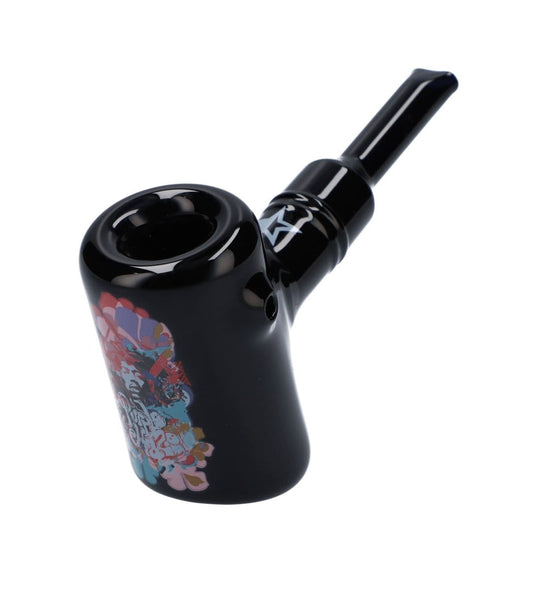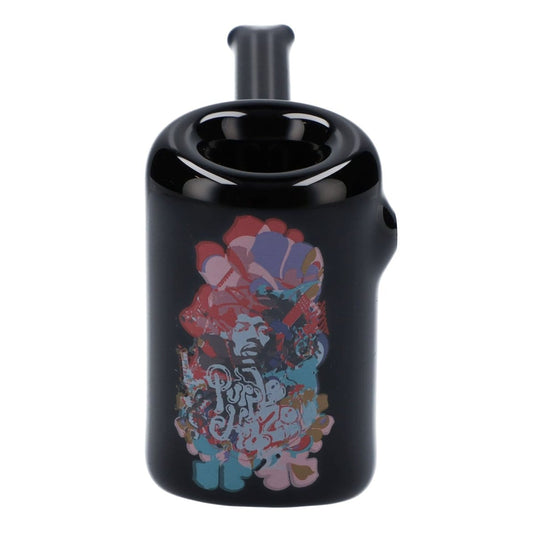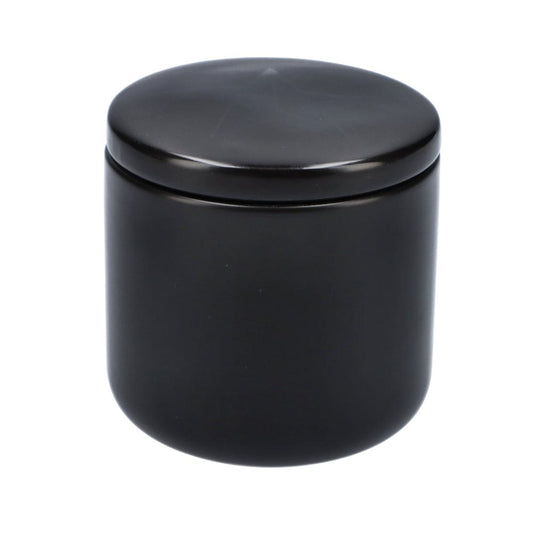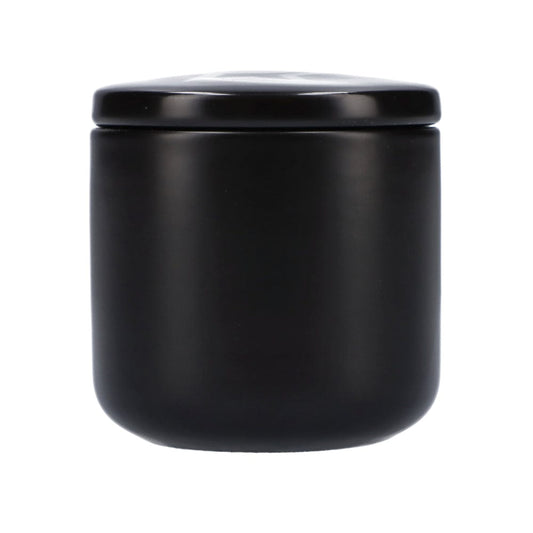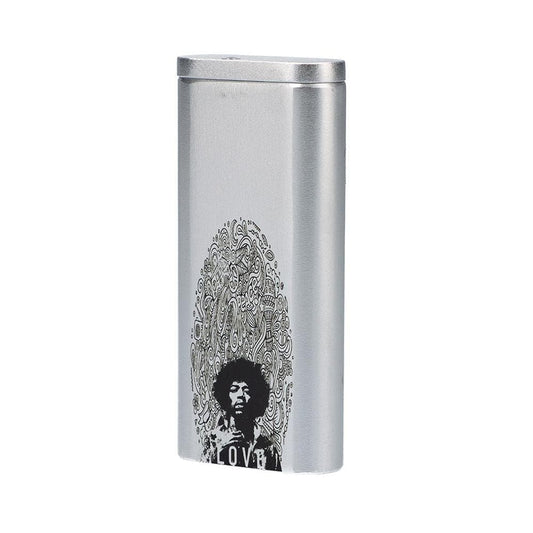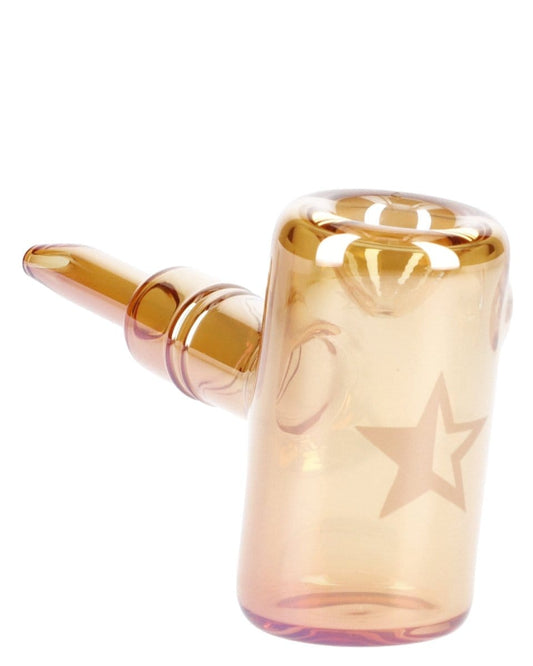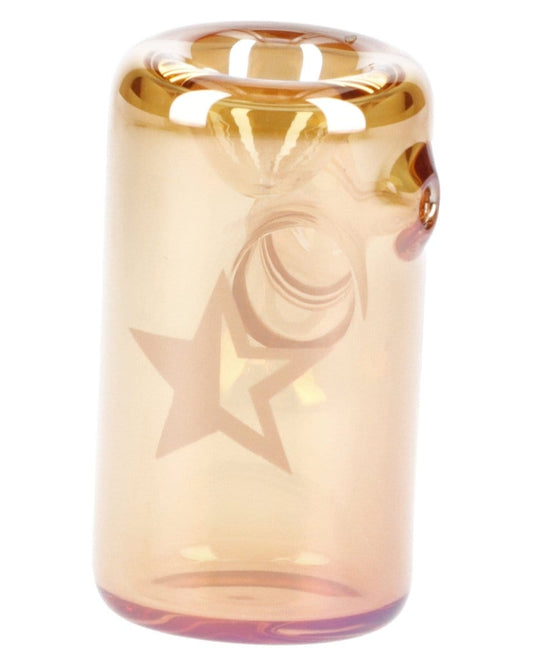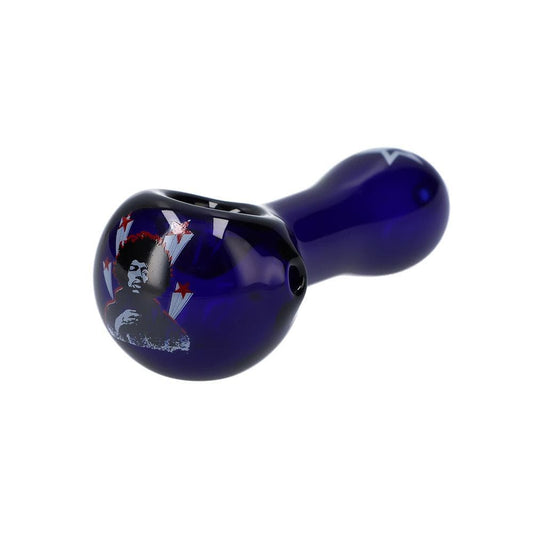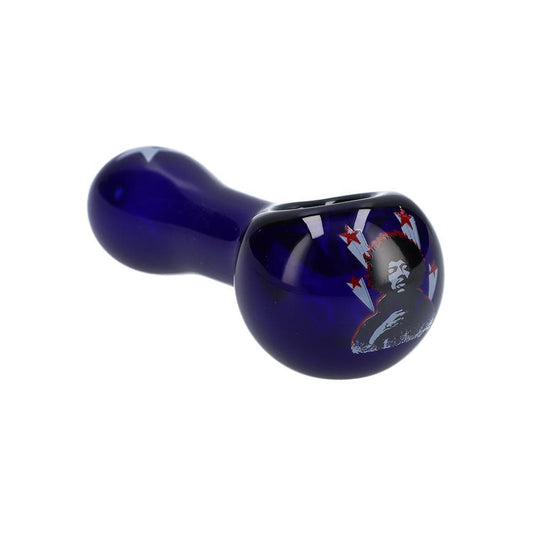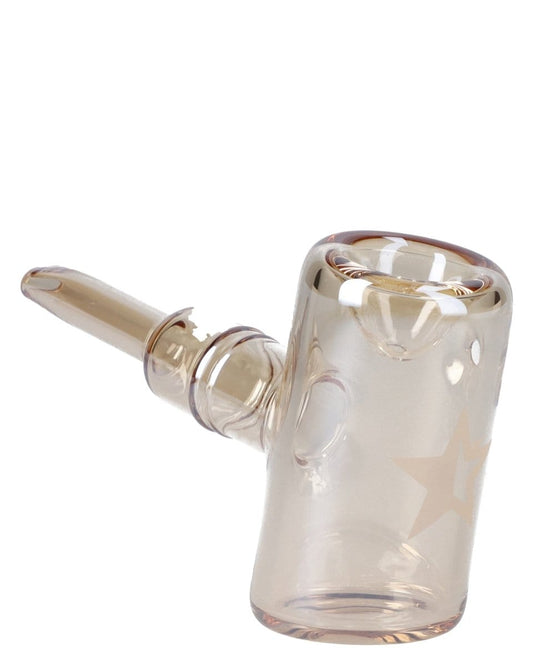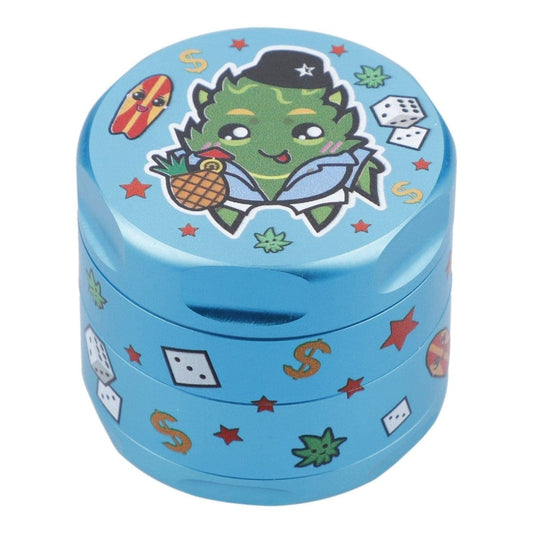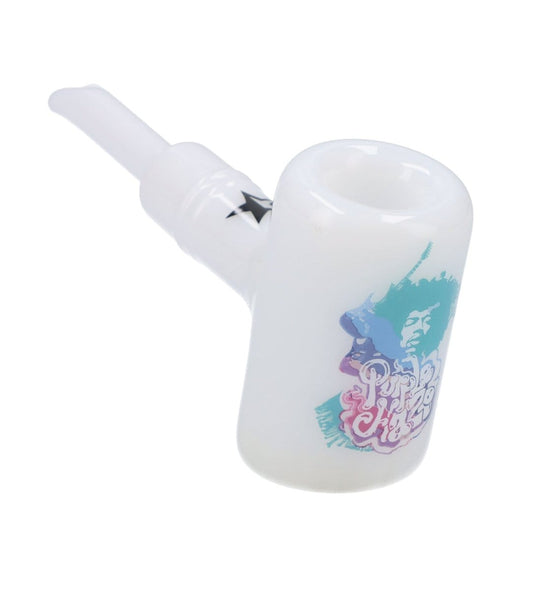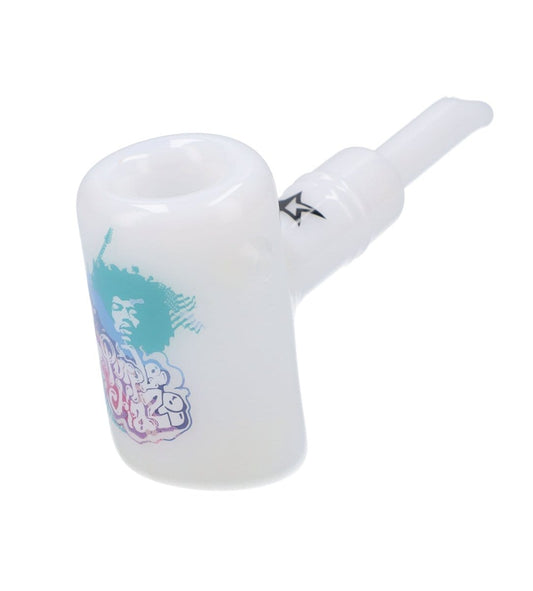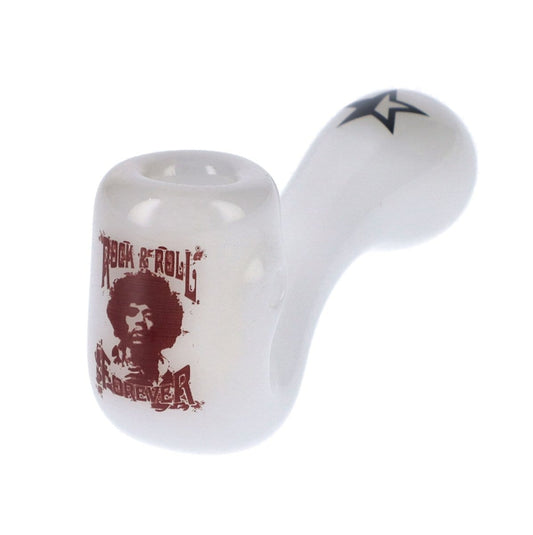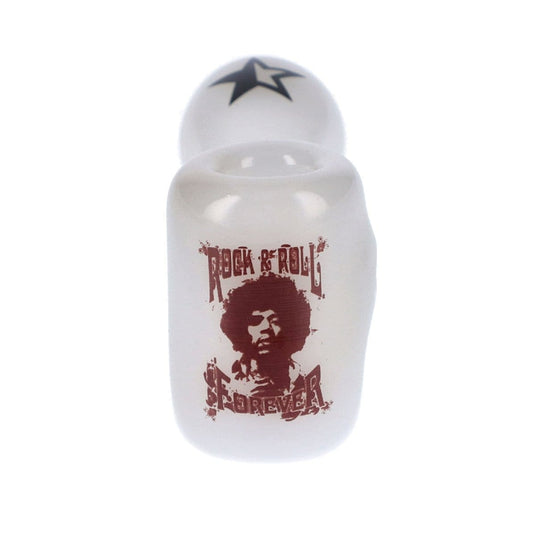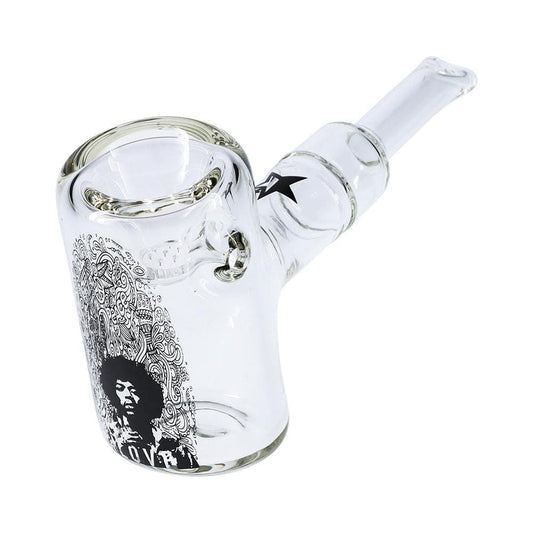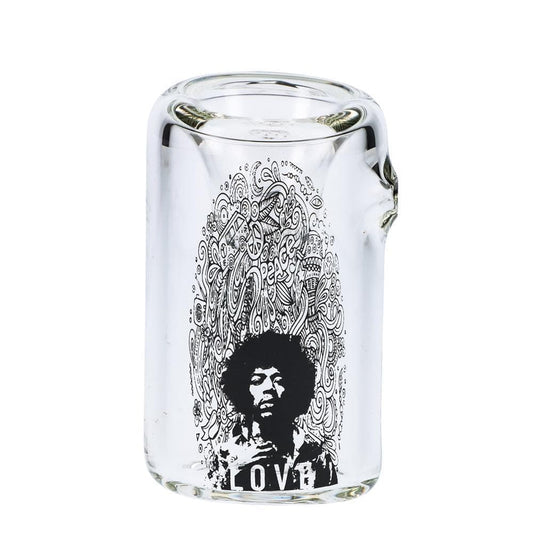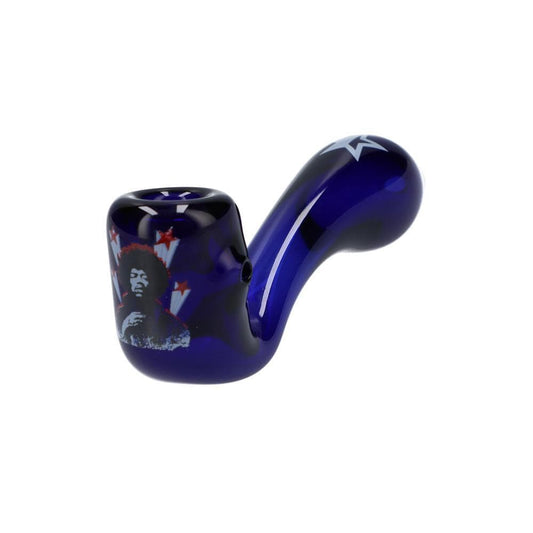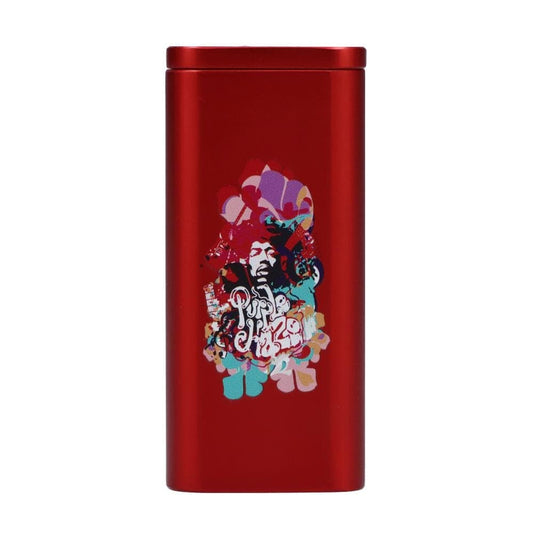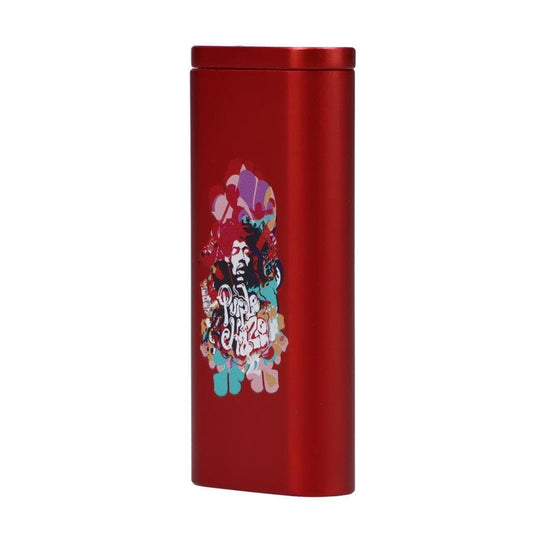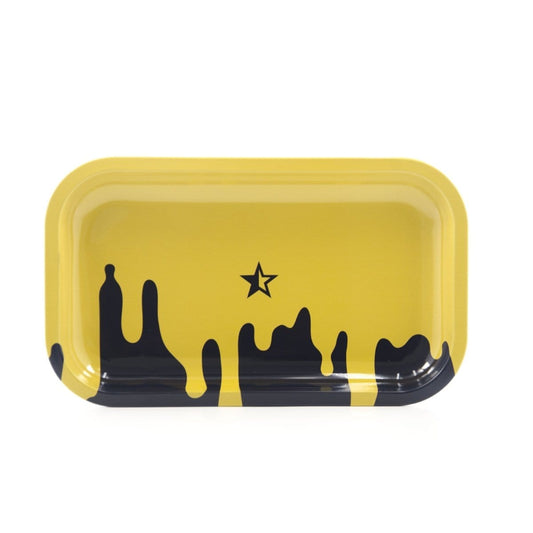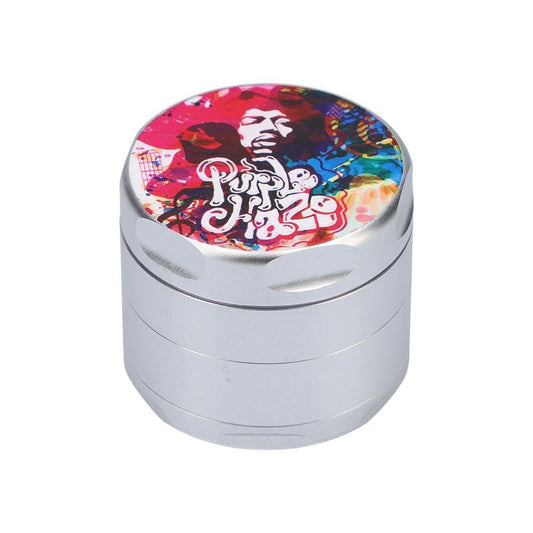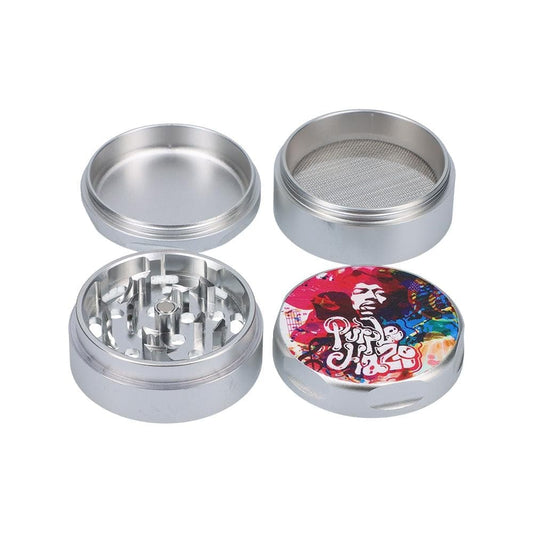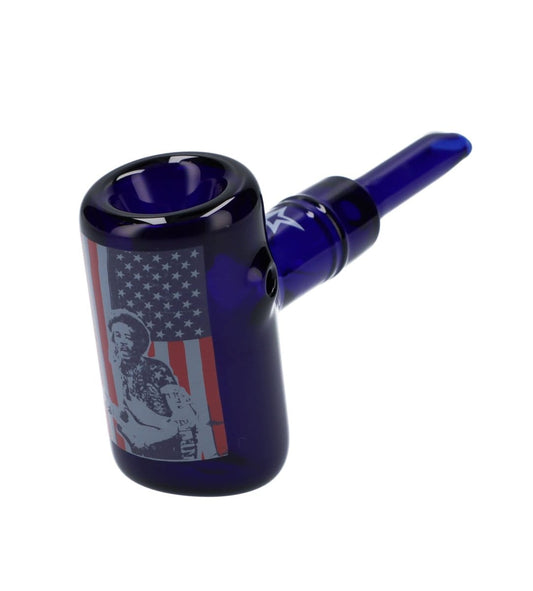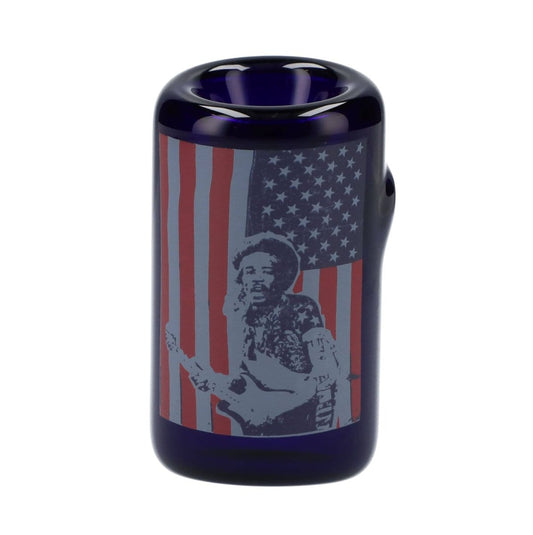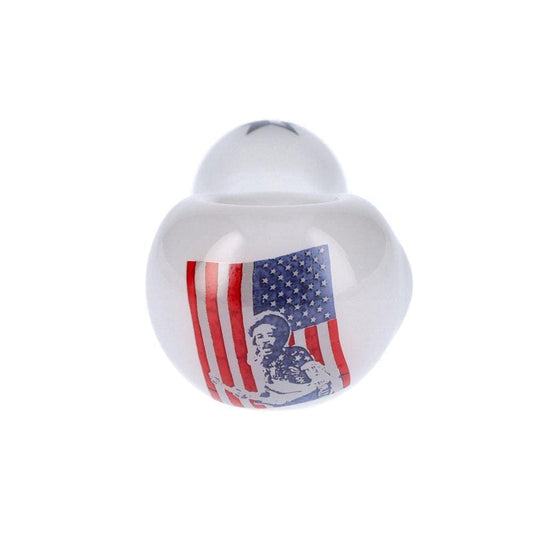
Bong is So Famous, But Why?
If you have ever enjoyed cannabis, chances are you have seen—
or even used—a bong. Whether it is a sleek glass piece with intricate designs or a sturdy, classic acrylic model, bongs are synonymous with cannabis culture. They are more than just smoking devices; they have become iconic symbols in the world of weed. But what makes the bong so famous? Why has it captured the hearts of so many cannabis lovers? Let us look into the reasons behind the bong’s widespread fame and cultural significance.
- The Smooth and Powerful Hit
Primarily, the bong is famous because of the unique and enjoyable smoking experience it offers. Unlike other methods of consuming cannabis, bongs allow for larger, smoother hits. But why exactly is that?
Water Filtration: The key to a bong’s efficiency is the water filtration system. When smoke passes through the water chamber, it gets filtered and cooled, removing some of the harsh toxins and particles. Many users find that the bong offers a smoother hit compared to other methods, which is a major draw for cannabis users who prefer a smoother experience. For many, this makes bongs the preferred choice over joints, pipes, or vaporizers.
Bigger Hits: Because bongs have larger chambers, they allow users to take bigger, more potent hits of smoke all at once. This means you can achieve a stronger high with fewer hits, making the bong an efficient and powerful way to consume cannabis. The bong provides a unique smoking experience that many users find enjoyable.
This combination of smoothness and power is one reason the bong has maintained such popularity over the years. It is not just a way to smoke—it is a way to improve the experience itself.
- A Symbol of Counterculture and Rebellion
The bong did not just become famous for its practical benefits; it is also deeply tied to cannabis culture and the counterculture movements of the 1960s and 1970s. During this time, bongs became emblematic of the rebellious spirit that defined the era. With cannabis illegal in many places and seen as taboo, using a bong was not about smoking—it was a statement. It was an act of resistance against authority and conformity.
In the 1960s and beyond, the use of cannabis, particularly in the form of bongs, became a symbol of personal freedom, self-expression, and protest government and societal restrictions. Whether it was in the backdrop of political movements or the Woodstock generation, bongs played a role in defining the counterculture. They were seen to reject the traditional, ““strait” ideals of mainstream society in favor of freedom, creativity, and independence.
This rebellious history still resonates today, and many cannabis users still see the bong as a symbol of personal freedom and resistance. Even in the modern era, when cannabis is increasingly legalized and accepted, the bong remains a powerful symbol of the cannabis community’s struggle for rights and acceptance.
- Cultural Icon and Artistic Expression
Another reason the bong is so famous is its place in the art and design world. Bongs are no longer just functional tools; they are also works of art. From hand-blown glass masterpieces to limited-edition designs featuring intricate patterns, vibrant colors, and unique themes, modern bongs are as much about aesthetics as they are about performance.
Glassblowers and artists have turned bong-making into a true craft, creating pieces that can be just as beautiful as they are functional. Whether it is a custom piece designed for a particular user, or an intricate, one-of-a-kind design created by a well-known artist, bongs have become collectible items. Many cannabis fans take pride in their bongs, with some even highlighting their collection like fine art.
The rise of artistic bongs has helped solidify the bong’s place in cannabis culture. A well-crafted, visually stunning bong can feel like a personal statement, adding another layer of enjoyment to the smoking experience. Whether you are looking for an elegant piece with smooth curves or something bold and eye-catching, the bong offers plenty of options for self-expression.
- Social and Communal Experience
There is something about bongs that makes them perfect for social settings. Smoking a bong is inherently a communal experience—people gather around, take turns hitting the bong, and share the experience together. It is not just about getting high; it is about bonding, laughing, and connecting with friends.
This social aspect is one of the reasons bongs have maintained their iconic status. Whether at a party, a smoke session with friends, or a chill night at home, bongs often act as the centerpiece of shared cannabis enjoyment. Passing the bong around, hitting it together, and enjoying the moment as a group makes the experience feel more meaningful and fun.
The communal experience that bongs foster has contributed to their fame, turning them into more than just a personal accessory but also a catalyst for social interaction. It is part of what makes using a bong a memorable habit, one that deepens connections between users.
- Change of the Bong: Modern Innovations
While bongs have been around for centuries, the modern bong has changed significantly, adding to its appeal. New innovations, such as percolators, diffusers, and ice catchers, have improved the functionality and smoking experience. These features can further alter the smoking experience, providing a cooler hit and additional filtration.
- Percolators: These nifty devices inside the bong create additional water filtration and bubble action, cooling the smoke even further and providing an extra smooth hit. They have become a hallmark of high-quality bongs and are a favorite feature among serious cannabis users.
- Diffusers: Diffusers break up the smoke into smaller bubbles, increasing the surface area for filtration and cooling. This results in an even smoother hit, making it gentler on the lungs and throat.
- Ice Catchers: Some bongs are designed with ice catchers, which allow you to add ice cubes to the bong for an even cooler hit. Ice can significantly reduce the harshness of smoke, making it much easier to inhale deeply.
These modern innovations have turned the bong into a highly functional, customizable, and even more enjoyable device. As the bong continues to change, it becomes an even more essential part of the cannabis experience, adapting to the needs and preferences of modern users.
- Legalization and Mainstream Acceptance
One of the biggest factors contributing to the bong’s fame is the widespread movement toward cannabis legalization. As marijuana becomes legal in more places across the United States and around the world, the stigma associated with cannabis use—and by extension, bongs—has started to fade.
In the past, owning a bong might have been seen as rebellious or even illegal, but now that cannabis is becoming more mainstream, bongs have become more accepted as part of the legal cannabis experience. Bongs are available in dispensaries, online shops, and even in lifestyle stores, making them easier to obtain and socially acceptable. With this shift, the bong has transitioned from a symbol of rebellion to a symbol of cannabis culture’s growing acceptance and normalization.
Conclusion
In the end, the bong’s fame is due to a mix of practical benefits, cultural history, and modern innovation. It is a tool that not only improves the smoking experience but also carries with it a deep cultural significance. Whether it is for the smooth hits, the artistic craftsmanship, the social connection, or the rich history, the bong has earned its place as one of the most iconic symbols in cannabis culture.
As cannabis continues to grow in popularity and legal status, the bong will remain at the heart of the experience. It is more than just a smoking device—it is a way to connect with others, express individuality, and celebrate a culture that has been pushing for acceptance and understanding for decades.


